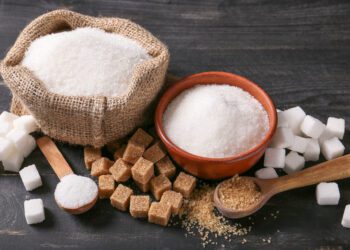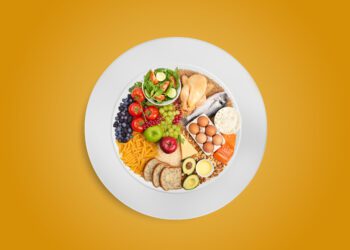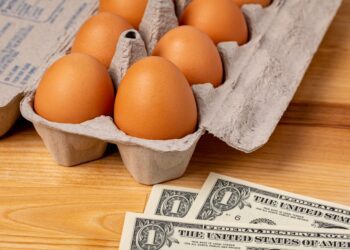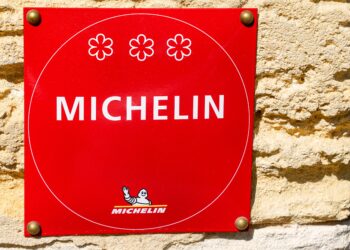We’ve all done it. Reached for that last slice of bread and realised a few blue spots of mould have made themselves at home, and cut the affected areas off so as not to let the food go to waste. But just because a lot of us do it, doesn’t mean it’s risk-free…
Mycotoxins
Despite being completely natural, mould definitely does not look like something you would want to eat. There surely aren’t many people out there who haven’t done so by accident and been perfectly fine, but the real problem is the mycotoxins mould can release once it begins to grow.
Mycotoxins are produced by fungi and can cause quite severe disease in humans, even death, depending on the amount consumed and the age and general health of the individual. Symptoms of mycotoxin consumption can include vomiting and diarrhoea.
This is not a small problem. Mycotoxin contamination has been estimated to affect 25 percent of the world’s crops, and efforts to mitigate the spread of these dangerous toxins cost the food industry heavily.
In addition, mycotoxins might even be responsible for one of US history’s darkest chapters and the inspiration behind Arthur Miller’s The Crucible. Toxicologists have speculated that the Salem Witch Trials in 1692 were a result of the residents consuming contaminated grains with the mycotoxin, Ergot, which led to them mistaking symptoms such as muscle spasms, psychosis and hallucinations as evidence of witchcraft.
Is all mould bad for you?
Mould is a tricky customer. Whilst some varieties will produce the kind of toxins described above and make humans quite unwell if consumed, others have cured diseases (and given us some tasty cheeses!)… so should all moulds be avoided?
Take the surface mould on cheese, for example. The main mould responsible here is a Penicillium species. In a cheese-making environment, this mould quickly stops the production of toxins and instead produces compounds that enhance flavour and textural development.
But is de-moulded food safe to eat?
The debate on whether to eat bread once it has had the mould removed is a divisive one among consumers, but the experts are pretty unanimous in their verdict. While many of us will simply scrape off the offending area and drop the slice of bread in the toaster, the roots of the fungus you have just removed can continue underneath the surface.
In other words, it isn’t just visible surface mould that can be hazardous to your health. Mould forms multicellular structures called hyphae which include thread-like invisible roots that penetrate food. Softer foods, such as breads and soft fruits will have much deeper roots than firmer foods such as hard cheese or dry-cured meats.
Mould spores can also become airborne so opening a bag of mouldy bread, for example, can release these spores into the air – which can be inhaled and contaminate all nearby surfaces.
Put simply, if there is one tiny mould spot on an end slice of a full loaf, throwing away that full loaf is a little overkill, however, if the bread is riddled then do not even attempt to open the bag. Keep it sealed and throw it away.
Does this go for all mouldy foods?
Mould growth does not necessarily equate to a bin sentence for all foods, though there are certain types that require more caution than others. Soft foods, such as breads, baked goods, soft fruits and vegetables, jams, soft meats, soft cheese, nuts and nut butters should be thrown away once contaminated, according to the experts.
For firmer foods, such as hard cheeses, some firm vegetables (eg, carrots, cabbage) and dry-cured meats you can cut around the mould. It’s better not to touch the mould as you do so – cut about two to three centimetres around it, discard the mouldy piece, and the rest of the food item should be fine.
The US Department for Agriculture’s Food Safety and Inspection Service has put together a useful table with advice on how to handle different food types once they are contaminated with mould, which is helpful in preventing unnecessary food waste (as well as avoiding risk).












